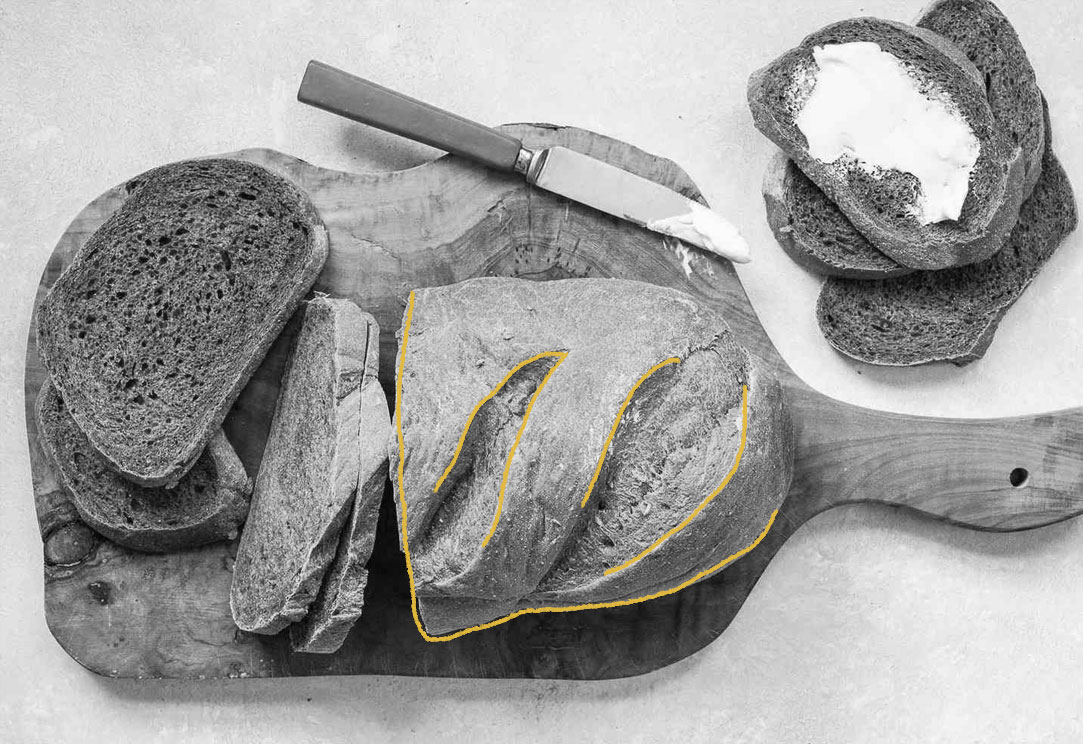Rye is an ancient grain and thrives in cold, wet weather, so it was often the best (and sometimes only) option for making bread in many areas of Europe, including Poland, Hungary, Austria, Germany, Scandinavia, the Netherlands, the Baltic States, and parts of Russia. Traditional rye bread was typically made by bakers or housewives and required a long fermentation (which imparted a characteristically sour taste). Some varieties also required hot, steamy baking conditions; for example, in Iceland, all-rye breads like pumpernickel were made using the steam from geothermal springs. While rye bread was once a dietary staple in many of these regions, it was largely abandoned when soft white bread became available in the 1970s and 1980s. However, the rye tradition endured in some parts of Scandinavia, largely due to the popularity of smorrebrod or smorgas — these open-faced sandwiches were made with rich, oily toppings that benefited from the structure and strong flavor profile of hearty rye bread. Rye bread also endured in the United States, although the rye varieties in America are not the same as those in Scandinavia. American rye bread is typically made with a mix of rye flour and wheat flour and seasoned with caraway seeds, but that doesn’t mean it isn’t traditional, too. In fact, when Jewish immigrants from the Ukraine and southern Poland moved to the United States, they brought their tradition of wheat-rye bread flavored with bread spice (typically a combination of caraway, anise, fennel and coriander seeds) with them when they settled in New York City. This sissel rye bread (sissel is the Yiddish word for caraway) then spread across the United States through Jewish delis and became quite popular, especially for use with sandwiches. Today, this style is now the most popular type of rye bread in the United States. (Other American ryes include Milwaukee rye, Dakota rye, and Boston's "brown bread." Notably, brown bread was developed in part because settlers in colonial Massachusetts grew rye in the 1600s after realizing that the climate and soil were inhospitable to wheat.) Interest in rye bread of all types has risen in recent years due to increased public interest in healthy eating (many rye breads are made with whole grains) and concerns about gluten (rye breads have a lower total gluten content than wheat breads, although they are still unsuitable for those with allergies). While some contemporary chefs are working to revive traditional rye breadmaking methods today, the old ways of baking these loaves still remain in peril because despite a relative rise in popularity, rye is far from the most common bread in the United States today, nor has its use rebounded in many of the parts of Europe where it was once a necessity. Still, rye bread endures and is an important food tradition for many people around the world.

Your go-to guide for weird history facts
Subscribe to the FREE daily email that makes learning about history fun.


